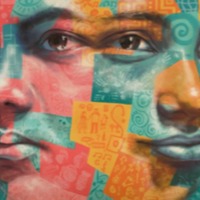
Matthew Dixon
There are an estimated 133,000 people living in modern slavery in Ghana (GSI 2018). Ghana remains a source, transit, and destination country for men, women, and children subjected to forced labour and sex trafficking. Ghanaian boys and girls are subjected to forced labor within the country in fishing, domestic service, street hawking, begging, portering, artisanal gold mining, quarrying, herding, and agriculture, including cocoa. Research focused on the fishing industry on Lake Volta indicated that more than half of the children working on and around the lake were born in other communities and many of these children are subjected to forced labor; not allowed to attend school; given inadequate housing and clothing; and are controlled by fishermen through intimidation, violence, and limiting access to food. Boys as young as five years old are forced to work in hazardous conditions, including deep diving, and many suffer waterborne infections. A study of the prevalence of child trafficking in selected communities in the Volta and Central Regions indicated that children from nearly one-third of the 1,621 households surveyed had been subjected to trafficking, primarily in fishing and domestic servitude. Matthew was trafficked into fishing on Lake Volta, Ghana after he left school to help support his family. The trafficker promised his mother monthly payment in exchange for Matthew’s labour. He was forced to work long hours in dangerous conditions under the threat of violence. After attending workshops on child trafficking Matthew’s mother realised what she had done and organised his release. Matthew is now back at school.
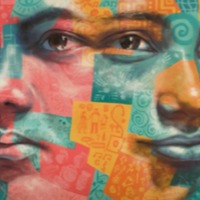
Chantin
There are an estimated 171,000 people living in modern slavery in Nepal. Internal trafficking is significant in Nepal. Girls are trafficked internally for forced labour, sexual exploitation and forced marriage. A significant number of girls are estimated to be trafficked for sexual exploitation in Kathmandu’s entertainment sector and across the open border with India to Mumbai and other urban centres. Recent research in Kathmandu found that between 40 and 60 per cent of the females interviewed in entertainment sector workplaces (massage parlours, dance bars and cabin restaurants) were under the age of 19. Poverty is a significant driving factor for the exploitation and forced marriage of young girls in the country as although levels are declining, an estimated 10 million people live on incomes between USD1.90 and USD3.20 a day. Chantin was forced to marry a man she did not know when she was 21 years old. Her husband and his family would beat her, restrict food and force her to work ‘like a servant’.
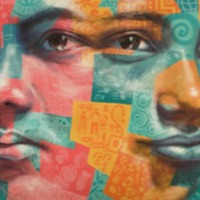
John D
There are an estimated 136,000 people living on conditions of modern slavery in the United Kingdom (Global Slavery Index 2018). According to the 2017 annual figures provided by the National Crime Agency, 5, 145 potential victims of modern slavery were referred through the National Referral Mechanism in 2017, of whom 2,454 were female, 2688 were male and 3 were transgender, with 41% of all referrals being children at the time of exploitation. People are subjected to slavery in the UK in the form of domestic servitude, labour exploitation, organ harvesting and sexual exploitation, with the largest number of potential victims originating from Albania, China, Vietnam and Nigeria. This data however does not consider the unknown numbers of victims that are not reported. In his early twenties, John was seriously assaulted as he walked home to his family. He suffered life threatening injuries which meant he could no longer work to support his family.
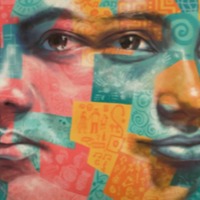
Ruksana
It is estimated that almost 8 million people are living in conditions of modern slavery in India (GSI 2018). The skewed sex ratio in some regions of India has fuelled the trafficking and selling of women and young girls as brides within India. Women are reportedly sold off into marriage by their families, sometimes at a young age, and end up enduring severe abuse, rape and exploitation by their husbands. It is also reported that women and girls from impoverished backgrounds have been lured by promises of marriage by younger men from urban areas, then forced into sex work once married. Ruksana was forced to marry her aunt’s son when she was 15 years old. Her husband was an alcoholic who would beat her if she refused to do anything he asked. Ruksana was finally able to get a divorce with the help of the Centre for Social Research.
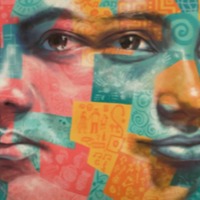
Jamie
There are an estimated 134,000 people living in modern slavery in Rwanda (GSI 2018). The country is a source for men, women and children subjected to forced labour and sex trafficking. Young girls working as domestics often have their employment terminated after becoming pregnant and subsequently become exploited in to prostitution. Moreover, Rwandan men, women and children are often trafficked to other destinations around the world including East Africa, the Middle East and China for forced labour and forced marriage. Refugees fleeing conflict and political violence in neighbouring countries remain highly vulnerable to trafficking in Rwanda. Jamie was subjected to sexual exploitation as a child after a breakdown in her parent’s marriage led to her being kept by an older man for two weeks. After being raped repeatedly by two men, she was locked in a house which caught fire. Jamie woke up in hospital disorientated and terrified.
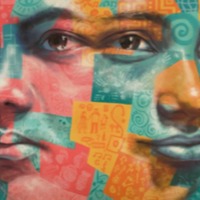
Gunde Mounika
It is estimated that almost 8 million people are living in conditions of modern slavery in India (GSI 2018). The skewed sex ratio in some regions of India has fuelled the trafficking and selling of women and young girls as brides within India. Women are reportedly sold off into marriage by their families, sometimes at a young age, and end up enduring severe abuse, rape and exploitation by their husbands. It is also reported that women and girls from impoverished backgrounds have been lured by promises of marriage by younger men from urban areas, then forced into sex work once married. Gunde Mounika’s parents fixed her marriage against her will. Wanting to continue her studies Mounika called on the help of her friends and went on a hunger strike to prevent the marriage.
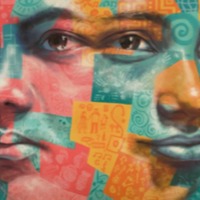
Giselle
In the Philippines, where three major insurgent groups have fought the Philippine military since the 1960s, there are an estimated 2000 child soldiers. The Communist-oriented New People’s Army, established in 1968, began an intense recruitment of children in the 1990s. By 2000, some 25 percent of new recruits were children, and more than ten percent of its regular combatants are now under 18. Parents volunteer children to serve as combatants and camp guards. The Moro Islamic Liberation Front allows the training of children as young as 12. Parents volunteer their children, seeing it as an observation of Islamic teaching, and Muslim youth organizations recruit students from schools and colleges. The Abu Sayyaf (“Bearer of the Sword”), a Muslim separatist group which appeared in the late 1980s, uses Islamic religion to draw minors into the movement, for use as combatants, human shields, and hostages.Giselle became a child soldier in the Philippines at the age of 15.